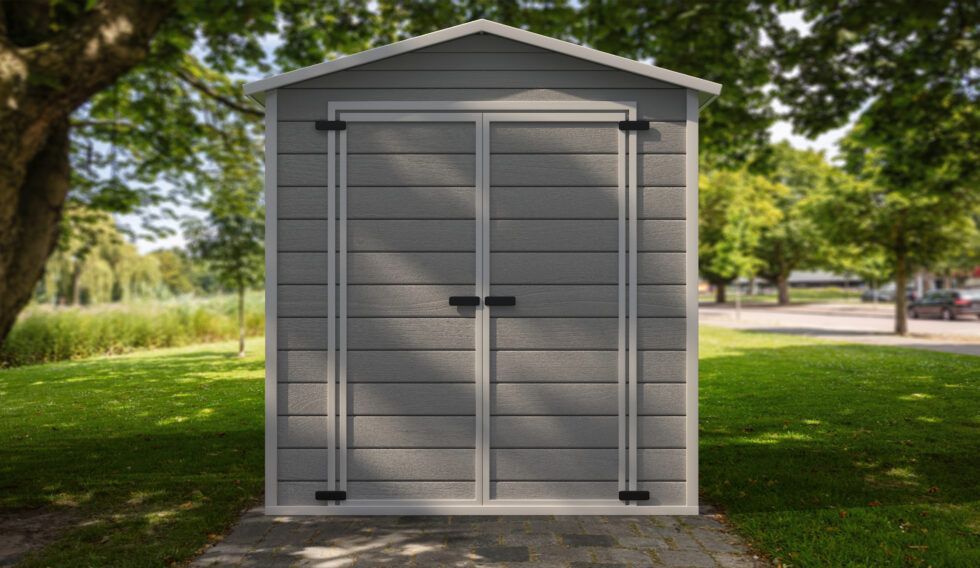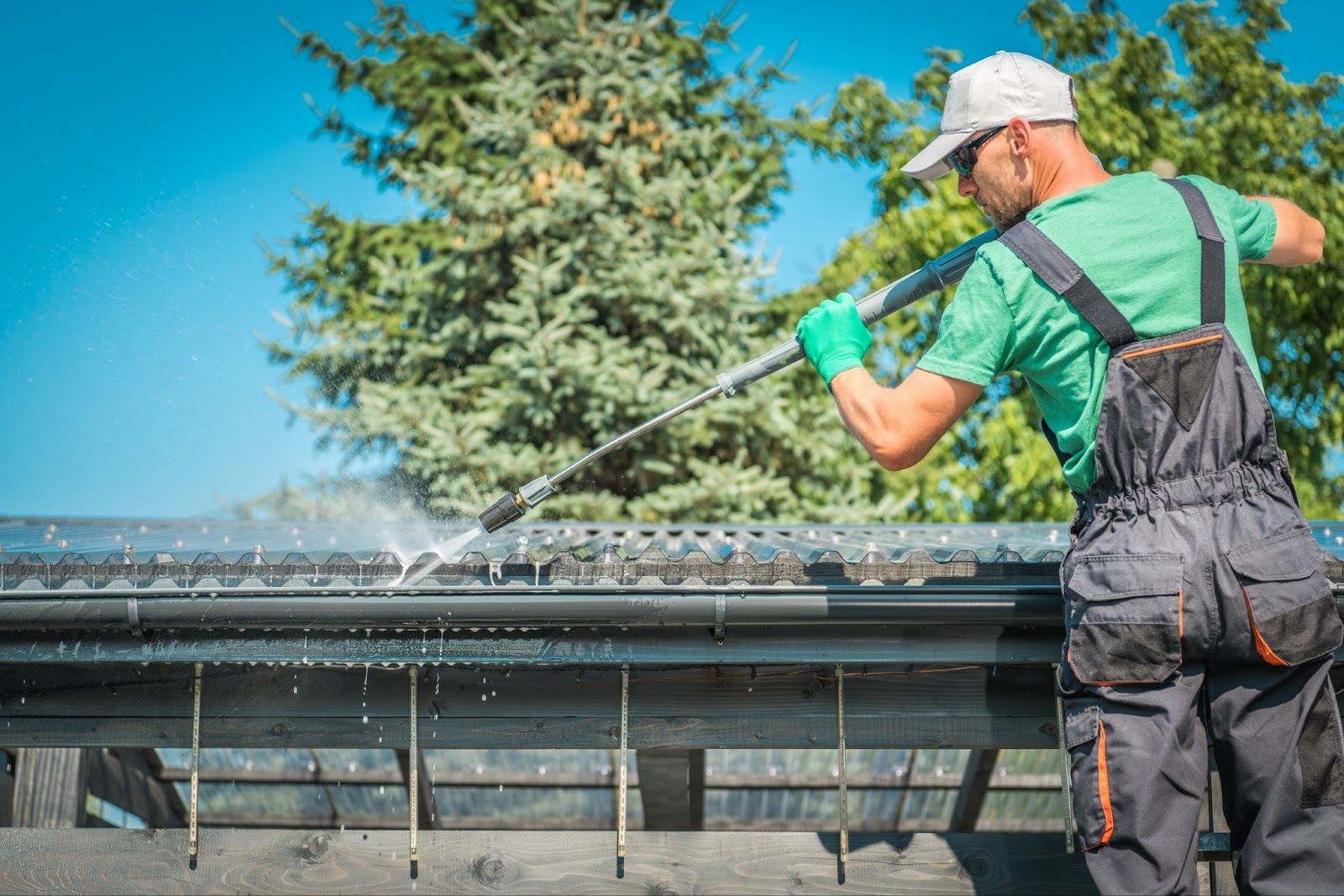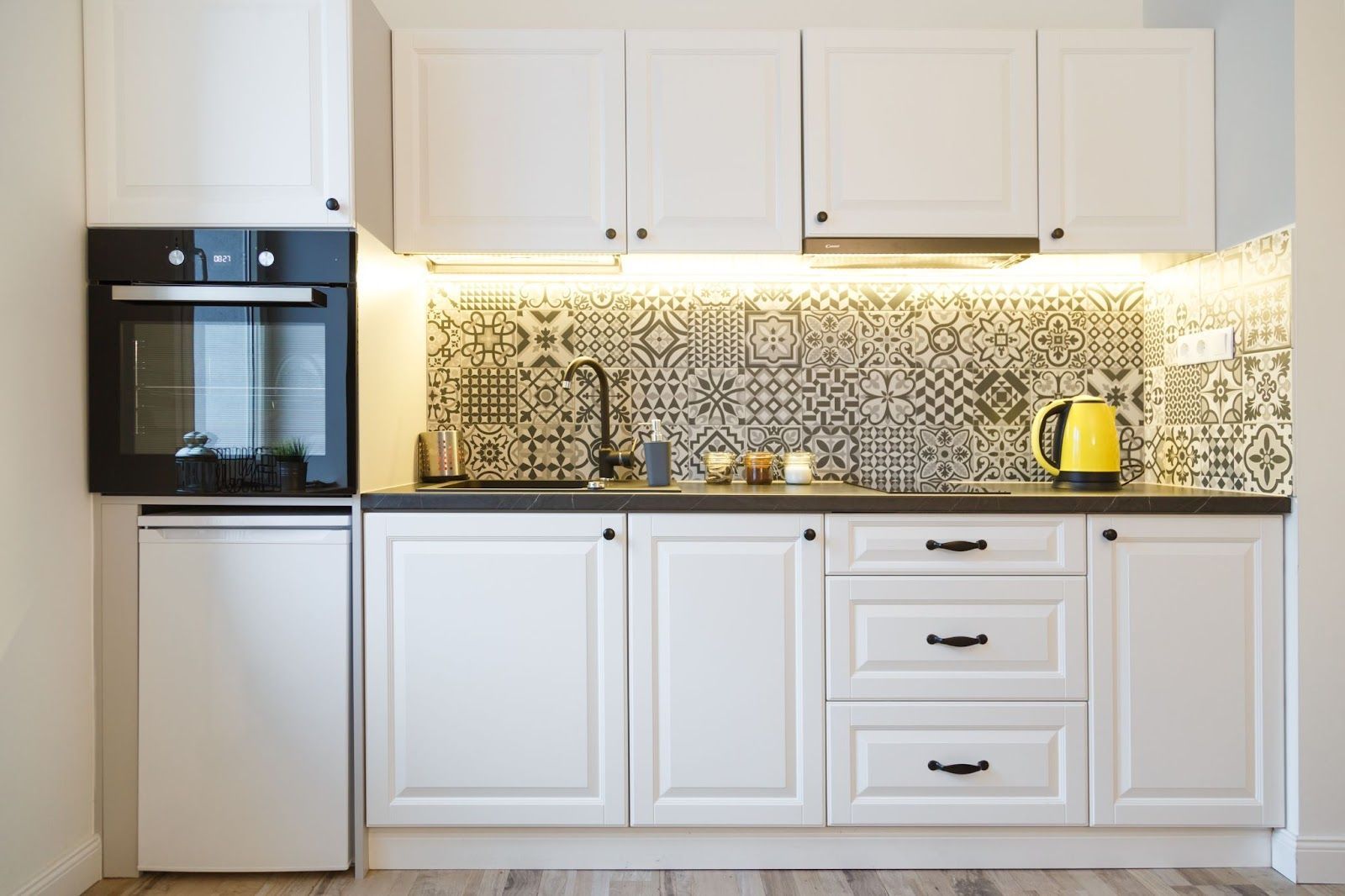
Steam and vinyl do not mix!
As a floor care professional, I have maintained and refurbished floors for the last 20 years. Last week I went to assess a project. What I saw was that the floor was badly damaged. When I asked the occupants about their housekeeping routines, they said they regularly use a steam mop to clean the floor. Their floors were made of vinyl.
Vinyl flooring is a quick, convenient, yet quality floor option. It’s come a long way since its popularity spike in the 1970’s. We’re graced with all types of designs; tiles, sheets, stone, ceramic, or wood.
There are two types of vinyl flooring installation; those that are stuck onto the core with glue, and those that click together and float. Both are built-in easily and give a desired look.
However, these materials are synthetic and must be treated this way. Made from a plastic material, they sometimes have a polyurethane surface. This is waterproof and heat resistant to a degree. At 120 degrees, steam can penetrate through the grooves and floor itself and cause damage. Intense heat that comes from steam treatment can cause the planks to warp over time, too.
Keep your vinyl floors looking sharp
So, how do you clean and maintain the quality of your vinyl floors? One of the best ways to do so is with apple cider vinegar. It’s inexpensive and can be found at your local supermarket. The acidic pH of the vinegar removes dirt and grime but does not leave a soap or waxy residue. One cup of apple cider vinegar mixed with 6 litres of warm water and a damp cloth should to the trick! Your floors will be harmlessly sanitised.
Other types of flooring…
- Linoleum
- Polyurethane wooden
- Coated wooden
- Veneer floor tiles
- Granite
- Marble
- Marmoleum
Each type has their own unique methods of cleaning and maintenance for optimal care. Make sure you know exactly what type your floor is before cleaning it. Adhering to their needs, your floors should last the test of time and look great!
Recent Posts
Service King Newsletter
Keep me up to date with content, updates, and offers from Service King. Our email service can help you to keep up-to-date with all our special deals
Contact Us
We will get back to you as soon as possible.
Please try again later.
Contact Us
Physical Address
485A Rosebank Road, Avondale, Auckland 1026
- Mon - Fri
- -
- Saturday
- -
- Sunday
- Closed







